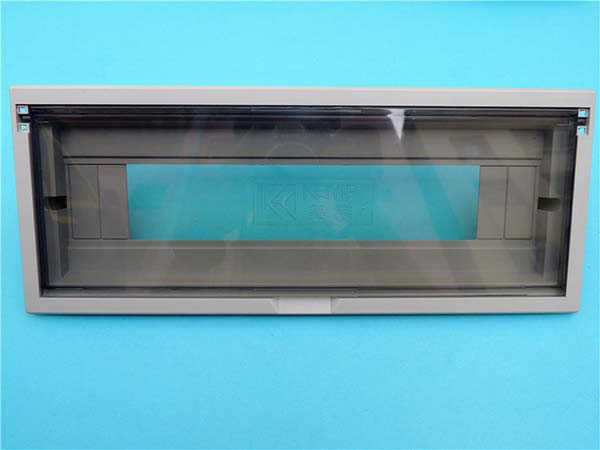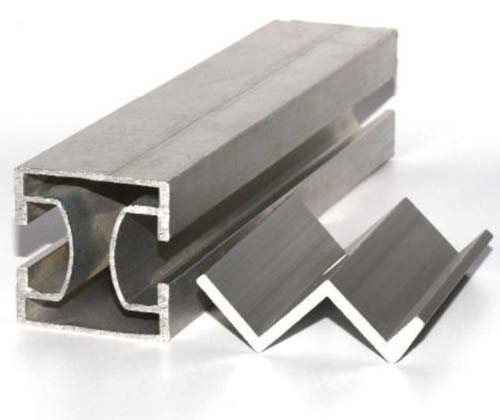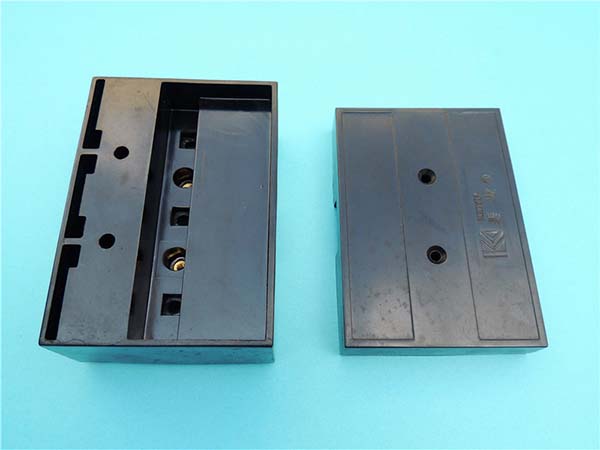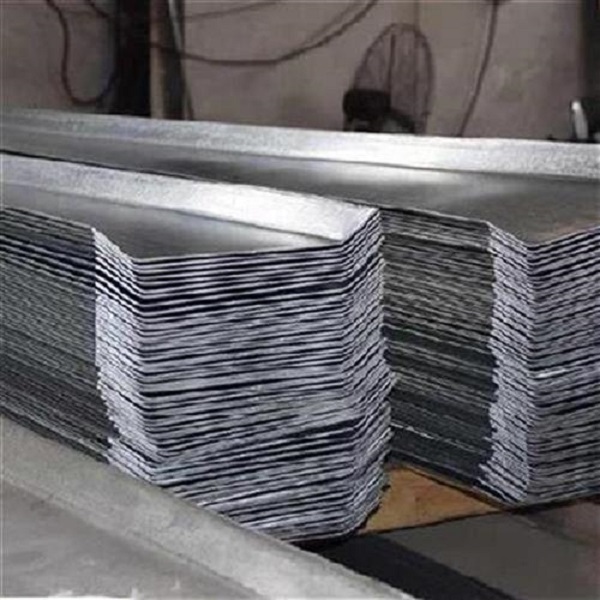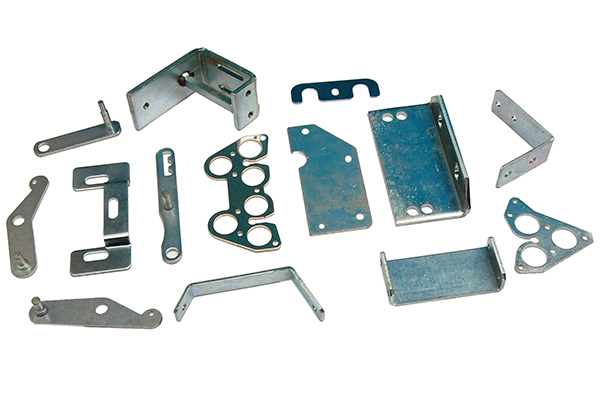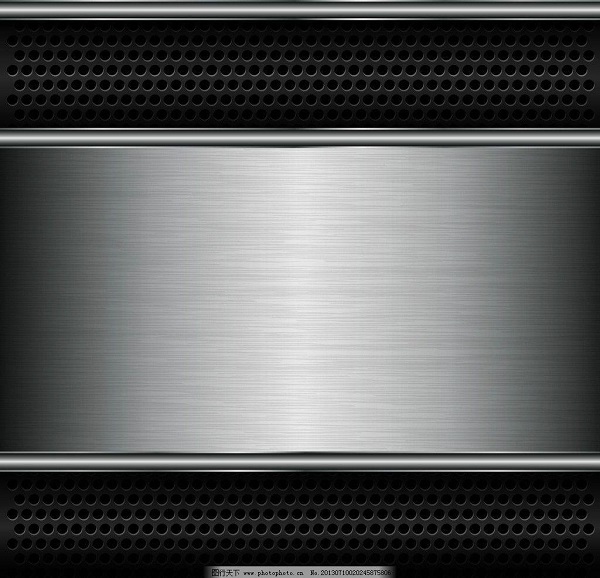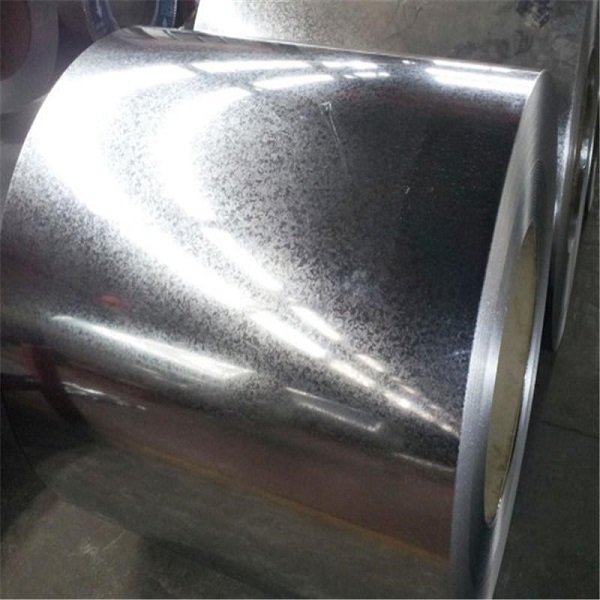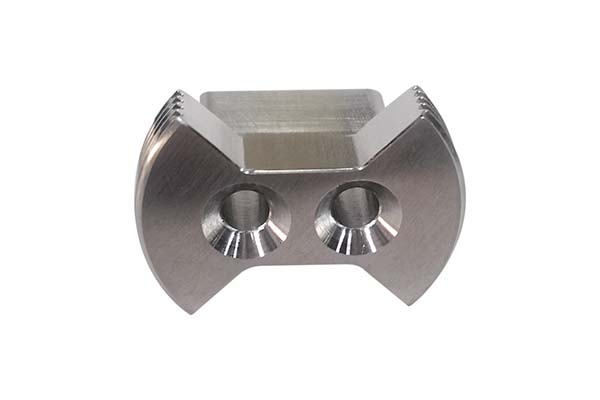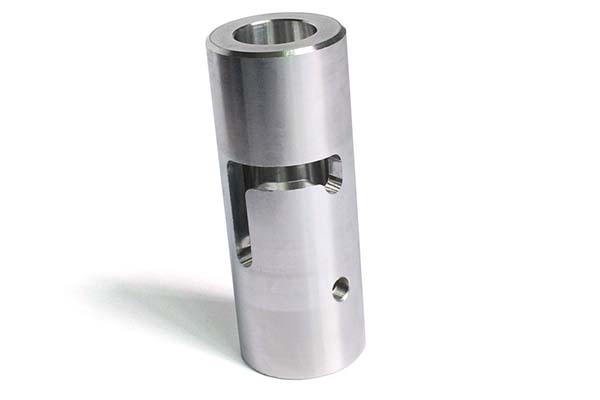Introduction
4x8 sheet metal, with dimensions of 4 feet by 8 feet, is a fundamental material that plays a significant role in both industrial applications and our daily lives. In industrial settings, it serves as a crucial component in the manufacturing of machinery, automotive parts, and large - scale equipment. For instance, in the automotive industry, 4x8 sheet metal is used to create car bodies, providing the necessary strength and structure. In construction, it is used for roofing, siding, and ductwork.
In our daily lives, we encounter 4x8 sheet metal in many common objects. Appliances like refrigerators, ovens, and washing machines often have outer casings made from sheet metal. Storage cabinets, file cabinets, and even some furniture pieces utilize this material for its durability and cost - effectiveness.
However, choosing and using 4x8 sheet metal can be a complex task. There are various types of metals available in this size, each with its own set of properties, advantages, and limitations. Understanding these aspects is essential to ensure that you make the right choice for your specific project. This article aims to answer all your questions regarding 4x8 sheet metal, from the different types available to how to properly work with it, helping you to make an informed decision and use it effectively.
1. Understanding 4x8 Sheet Metal Basics
1.1 Definition and Dimensions
4x8 sheet metal, as the name implies, has a standard size of 4 feet in width and 8 feet in length, which is equivalent to approximately 1.22 meters by 2.44 meters. This size is a common and widely - used standard in the manufacturing and construction industries due to its versatility and ease of handling.
However, it's important to note that many suppliers can also offer custom - sized 4x8 sheet metal according to specific project requirements. When it comes to the thickness of the sheet metal, common thicknesses range from as thin as 0.01 inches (about 0.254 mm) for applications that require a lightweight material, such as in some electronic components or decorative purposes, to as thick as 1 inch (25.4 mm) for heavy - duty industrial applications like large - scale machinery or structural supports. The tolerance for the dimensions of the 4x8 sheet metal can vary depending on the manufacturing process and the specific material. Generally, for high - precision applications, the tolerance can be within ±0.005 inches (±0.127 mm), while for more general - purpose uses, it may be around ±0.01 inches (±0.254 mm).
1.2 Common Materials Used
- Stainless Steel: Stainless steel is an alloy mainly composed of iron, chromium, and nickel. It contains at least 10.5% chromium, which forms a thin, invisible layer of chromium oxide on the surface. This oxide layer gives stainless steel excellent corrosion - resistance properties. For example, in food processing equipment, stainless steel 4x8 sheets are used because they won't rust or contaminate the food. There are different grades of stainless steel, such as 304 and 316. Grade 304 is the most common and is suitable for general - purpose applications like kitchen appliances and architectural trim. Grade 316 contains molybdenum, which makes it more resistant to corrosion, especially in marine and chemical - processing environments.
- Aluminum: Aluminum 4x8 sheet metal is lightweight, with a density about one - third that of steel. It has good thermal and electrical conductivity. Aluminum is highly malleable and can be easily formed into various shapes. It is often used in the aerospace industry for aircraft components due to its low weight, which helps to reduce fuel consumption. In the automotive industry, aluminum sheets are used for body panels to improve fuel efficiency. Aluminum also has natural corrosion - resistance due to the formation of a thin aluminum oxide layer on its surface.
- Carbon Steel: Carbon steel is an alloy of iron and carbon, with carbon content usually ranging from 0.05% to 2.1%. Low - carbon steel, with a carbon content of less than 0.3%, is soft and ductile. It is commonly used for applications like sheet metal ducts in HVAC systems, as it is relatively inexpensive and easy to work with. Medium - carbon steel (0.3% - 0.6% carbon) is stronger and is used for parts that require more strength, such as gears and shafts. High - carbon steel (0.6% - 2.1% carbon) is very strong and hard but less ductile, and is often used for tools and springs. However, carbon steel is prone to rusting and usually needs to be coated or painted for protection in most applications.
2. Comparing Different Types of 4x8 Sheet Metal
When it comes to 4x8 sheet metal, the choice of material is crucial as it can significantly impact the performance, cost, and suitability of your project. Here is a comparison of the key properties of the most common types of 4x8 sheet metal materials:
| Material | Cost (per square foot, approximate) | Strength (Tensile Strength in MPa) | Corrosion Resistance | Weight (kg/m² for a 1 - mm thick sheet) |
| Stainless Steel (304) | \(5 - \)10 | 515 - 795 | Excellent, due to the chromium oxide layer | 7.93 |
| Aluminum | \(3 - \)8 | 69 - 483 (varies by alloy) | Good, forms a self - protecting oxide layer | 2.7 |
| Carbon Steel (Low - carbon) | \(2 - \)5 | 300 - 500 (approximate for low - carbon) | Poor, prone to rusting without protection | 7.85 |
Stainless steel, especially grade 304, offers a high level of corrosion resistance, making it ideal for applications where exposure to moisture, chemicals, or harsh environments is expected, such as in food processing equipment or marine applications. However, it comes at a relatively higher cost compared to the other two materials. Its high tensile strength also makes it suitable for applications that require durability and strength.
Aluminum 4x8 sheet metal is much lighter than stainless steel and carbon steel, which is a significant advantage in applications where weight is a concern, like in the aerospace and automotive industries. It has good strength for its weight and offers decent corrosion resistance. Although its cost can vary depending on the alloy and market conditions, it is generally more affordable than stainless steel.
Carbon steel is the most cost - effective option among the three. It has a relatively high strength, especially for medium - and high - carbon grades. However, its major drawback is its poor corrosion resistance. Without proper coating or treatment, carbon steel will rust quickly when exposed to moisture and oxygen, which limits its use in outdoor or corrosive environments.
3. Yigu Technology's Perspective
Yigu Technology, as a non - standard plastic metal products custom supplier, has rich experience and distinct advantages in 4x8 sheet metal processing.
We are equipped with advanced manufacturing equipment, including high - precision laser cutting machines that can achieve cuts with an accuracy of up to ±0.05 mm, ensuring precise shaping of 4x8 sheet metal. Our CNC bending machines can handle complex bending tasks, with a bending angle accuracy of ±0.1 degree, enabling the production of parts with various angles and shapes.
Our professional team consists of engineers with an average of over 10 years of experience in the metal processing industry. They are proficient in material selection, design optimization, and manufacturing process planning. For example, they can quickly determine the most suitable material and processing method according to the specific requirements of customers, whether it is a high - strength stainless - steel project for a chemical plant or a lightweight aluminum application for an aerospace component.
Yigu Technology also offers comprehensive custom services. We work closely with customers from the initial design concept stage. Our designers use advanced 3D modeling software to create detailed prototypes, allowing customers to visualize the final product before production. During production, we strictly control the quality at every stage, from raw material inspection to the final product testing, to ensure that each 4x8 sheet metal product meets the highest quality standards.
4. FAQ
4.1 What is the best material for outdoor applications?
For outdoor applications, stainless steel or galvanized steel 4x8 sheet metal is often the best choice due to their strong corrosion - resistance. Stainless steel contains chromium which forms a protective oxide layer on the surface, preventing rust and corrosion even when exposed to moisture, rain, and harsh weather conditions for long periods. Galvanized steel has a zinc coating that sacrificially protects the underlying steel from corrosion. The zinc reacts with the environment first, delaying the corrosion of the steel. For example, in coastal areas where there is high humidity and salt in the air, stainless steel 4x8 sheets used for building facades or outdoor equipment can maintain their integrity for decades without significant degradation.
4.2 How to choose the right thickness?
Choosing the right thickness of 4x8 sheet metal depends on the specific application and the required strength. For light - duty applications like making small storage boxes or decorative panels, a thinner sheet metal, such as 0.03 - 0.06 inches (about 0.76 - 1.52 mm) thick, may be sufficient. These thinner sheets are easier to cut, bend, and form. In contrast, for heavy - duty applications like structural supports in buildings or the frames of large machinery, a much thicker sheet metal, ranging from 0.25 - 1 inch (6.35 - 25.4 mm), is needed to provide the necessary strength and stability. When making the choice, also consider factors like the expected load, environmental conditions (as thinner sheets may be more prone to corrosion in harsh environments), and manufacturing processes (thicker sheets may require more powerful tools for processing).
4.3 Can 4x8 sheet metal be recycled?
Yes, 4x8 sheet metal is highly recyclable. The recycling process generally involves collecting the sheet metal waste, sorting it by type of metal (such as separating stainless steel from aluminum and carbon steel). Then, it is cleaned to remove any contaminants like paint, oil, or dirt. After that, the metal is melted down in a furnace. For example, in a steel recycling plant, the melted steel can be cast into new ingots or directly used to produce new sheet metal products. Recycling 4x8 sheet metal is not only environmentally friendly as it reduces the need for mining new metal ores, but also energy - efficient. It takes significantly less energy to recycle metal than to extract and process new metal from raw materials, which helps to lower greenhouse gas emissions and conserve natural resources.
